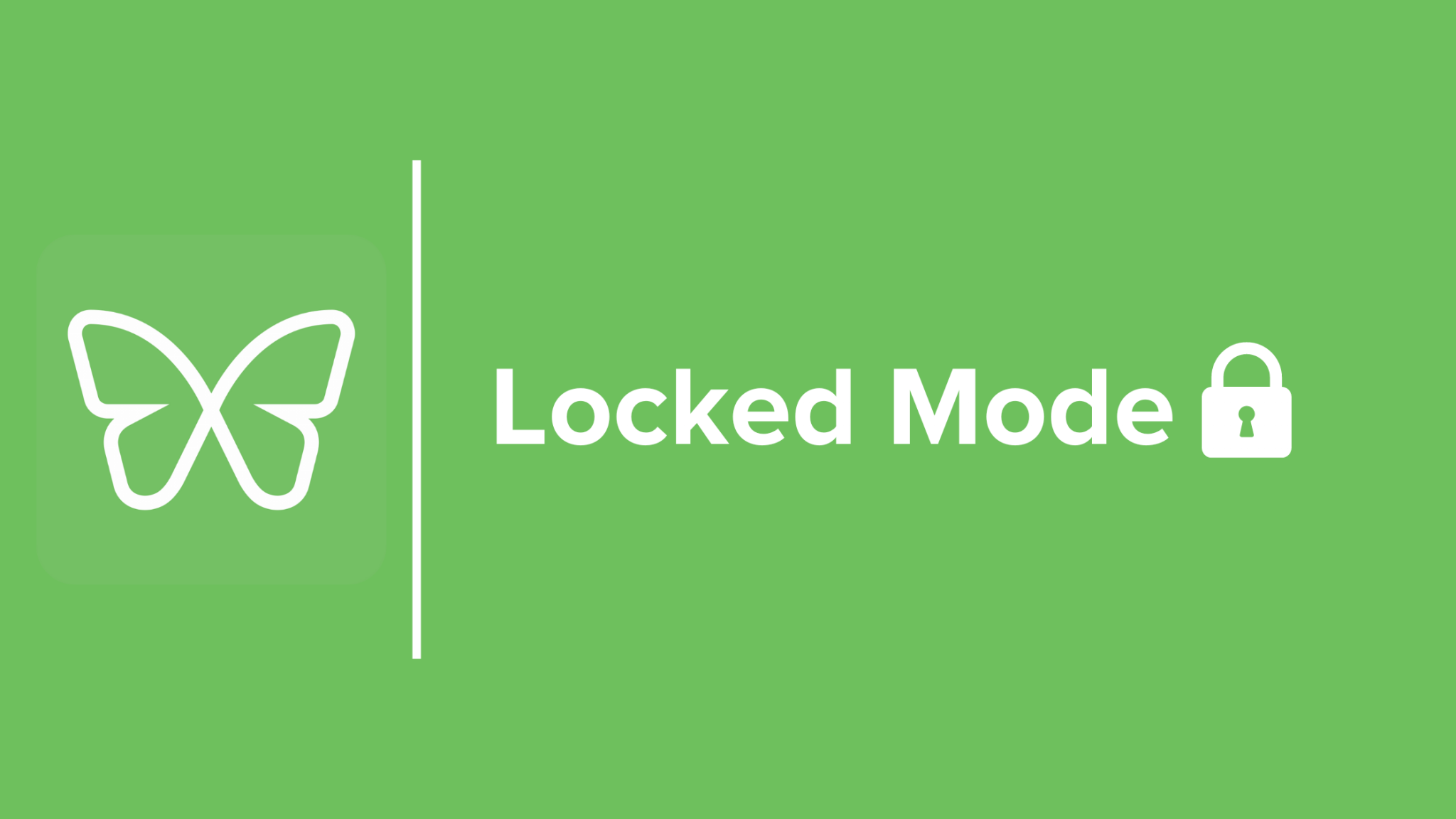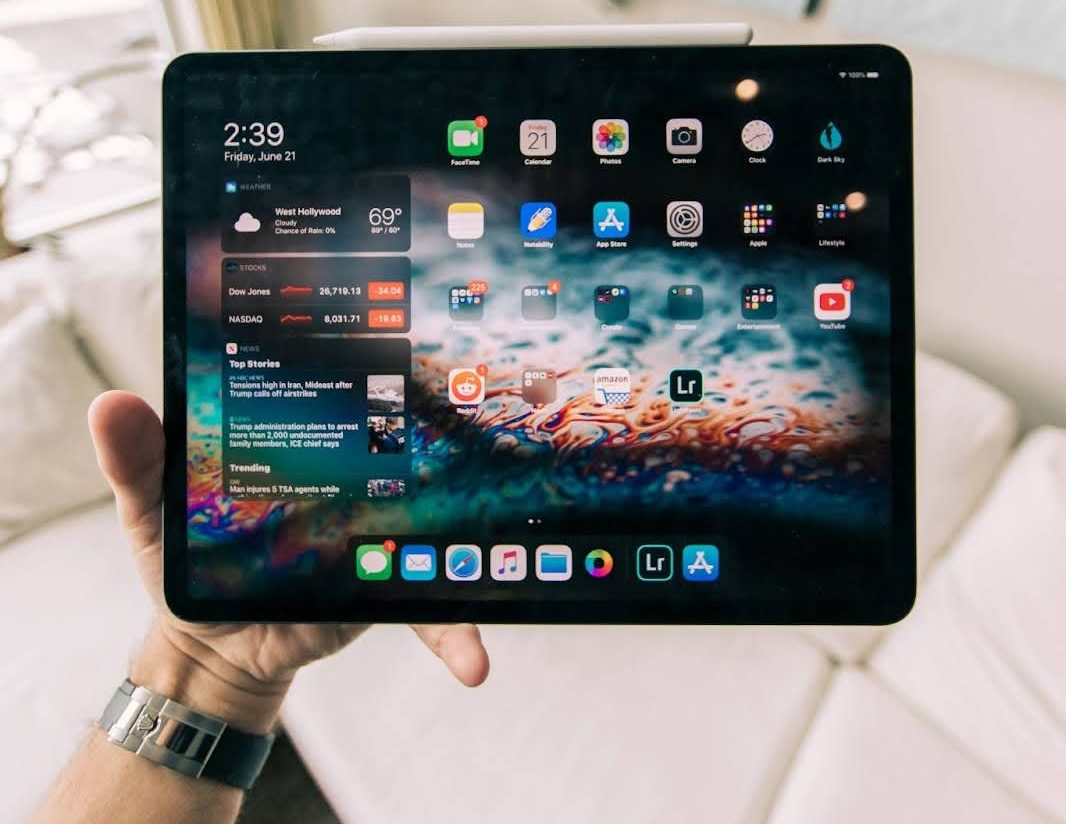How to Stop Procrastinating when you have ADHD

Did you know that for folks with ADHD, the brain’s wiring can turn procrastination from a minor nuisance into a major blockade?
The struggle to kickstart tasks and see them through to the end can feel like an uphill battle. Picture this: you’re sitting down, ready to tackle that big project, but somehow end up deep-diving into the abyss of “just one more video” on YouTube.
Sound familiar?
Procrastination, especially with ADHD, feels like being stuck in a loop of wanting to get things done but somehow always ending up doing them at the last minute, if at all. It’s frustrating, right?
It’s not just you being “lazy” or lacking willpower; it’s your ADHD playing tricks on your ability to manage time and focus.
With the right tools (like the Freedom app to manage screen time and minimize distractions) and a few adjustments to your approach, you can enhance your focus and productivity.
Let’s get started.
What is ADHD?
Imagine your brain is a browser with about 50 tabs open. All. The. Time. Attention-Deficit/Hyperactivity Disorder (ADHD) is kind of like that.
ADHD is a chronic condition that includes attention difficulty, hyperactivity, and impulsiveness. It’s about the brain’s unique wiring affecting focus, impulse control, and activity levels.
It’s a pervasive pattern of behavior that’s present in multiple settings, impacting an individual’s ability to function effectively in daily activities. People with ADHD may find it hard to follow through on instructions, manage their time efficiently, or engage in tasks that require sustained concentration.
Main symptoms of ADHD
- Inattention: This isn’t just about failing to pay attention. It encompasses difficulties in organizing tasks, following detailed instructions, and maintaining focus on tasks that are tedious or time-consuming.
For adults, this might mean trouble managing daily responsibilities, such as bill payments or keeping appointments, due to a tendency to overlook details or become easily sidetracked by less demanding or more stimulating activities.
- Hyperactivity: Hyperactivity in ADHD isn’t just physical restlessness but can also manifest as a feeling of being driven by a motor, with individuals feeling compelled to move, talk, or fidget.
In adults, it might not be as overt as in children but can present as an inner restlessness or a propensity to take on multiple projects simultaneously, often without completing them.
- Impulsivity: This symptom involves making hasty actions that occur in the moment without forethought and can have high potential for harm. Impulsivity can lead to difficulties waiting for one’s turn, interrupting others during conversations, or making quick decisions without considering the long-term consequences.
In adults, impulsivity may result in erratic driving, abrupt quits from jobs, or impulsive financial decisions.
Understanding ADHD-induced procrastination
Ever found yourself deep in a YouTube rabbit hole when you really needed to be working on that report? If you’re nodding along, and especially if ADHD is part of your story, there’s a reason why that “just five more minutes” turns into hours.
People often chuckle about procrastination like it’s a quirky flaw; however, for those with ADHD, it’s a formidable foe. Your brain is wired to seek out what’s interesting, new, or urgent. That report? Not so much. The latest viral dance video? Absolutely. This quest for stimulation goes beyond simple preference. It’s about how your brain engages with the world.
Neurologically speaking, ADHD brains show lower levels of dopamine and norepinephrine, two critical neurotransmitters for focus and attention regulation. It’s like trying to drive a car without enough fuel. This biochemical setup makes starting tasks without immediate rewards much harder.
Moreover, the prefrontal cortex – the brain’s planner and impulse controller – tends to be less active in people with ADHD. So, when faced with a task that’s not super interesting, your brain is more likely to hit the snooze button than jump into action.
Imagine it’s tax season, and you need to get your paperwork in order. For someone with ADHD, this task is kryptonite. It’s complex, tedious, and the reward (not getting fined by the tax office) is too far off to motivate. So, instead, anything else – like organizing your spice rack by color – suddenly becomes irresistibly interesting.
How the Freedom app can help
This is where tools like the Freedom app become invaluable. By managing your screen time and blocking those rabbit holes before you fall in, Freedom acts like digital guardrails, helping your brain stay on the road. Here’s how:
- Block Websites and Apps: You can block those sites and apps that usually derail you. No more “accidentally” spending hours on social media when you should be working.
- Sync Across Devices: Got a habit of switching from laptop to phone when you hit a digital roadblock? Freedom’s got you covered by syncing your settings across devices, making sure your distractions can’t just hop from one screen to another.
- Advance Scheduling: Plan your focus sessions in advance. By scheduling your distraction-free time, you’re creating a structure that helps navigate around your brain’s procrastination pitfalls.
- Ambient Noise for Focus: Sometimes, a little background noise is all it takes to boost focus. Freedom offers ambient noise options to help drown out distractions and get you in the zone.

Photo by Annie Spratt on Unsplash
7 unconventional steps to cure procrastination with ADHD
Breaking the procrastination habit, especially for those with ADHD, can feel like trying to tame a wild beast. But, like any skill, it’s manageable with the right strategies. Here are seven unconventional steps that not only aim to curb procrastination but also harness ADHD’s unique strengths.
Step 1: Leverage Hyperfocus Instead of Fighting It
Hyperfocus and ADHD: Often seen as a double-edged sword, hyperfocus can be your secret weapon. It’s about directing this intense concentration towards tasks that matter.
- Align tasks with passions: Start with tasks that ignite your interest. Love gaming? Try coding your own game. This alignment can make work feel less like a chore.
- Schedule wisely: Plan the most engaging tasks during your natural peaks of focus, turning ADHD into an ally for productivity.
Step 2: Create a “Procrastination-Proof” Environment
Keep your workspace clutter-free. A clear space promotes a clear mind. Use apps like Freedom to block distracting websites and notifications, crafting a digital environment that fosters focus.
Physical and digital organization can dramatically reduce the ‘choice overload’ that often paralyzes individuals with ADHD.
Step 3: Break Tasks into Micro-Actions
Breaking down tasks into bite-sized actions can transform an overwhelming project into a series of manageable steps.
Example: If writing a report feels daunting, start with outlining. Then, tackle it section by section, giving yourself a brief break after each part.
Step 4: Use External Motivators and Accountability Partners
External rewards can bridge the gap between intention and action. Finished a task? Reward yourself with a short break or a treat. Pair up with someone who understands your goals. Regular check-ins can provide the external pressure needed to stay on track.
Step 5: Implement Time Management Techniques Tailored for ADHD
- Pomodoro Technique: Work for 25 minutes, then take a 5-minute break. This method keeps tasks from feeling endless.
- Time Blocking: Allocate specific blocks of time to different activities. It’s about predicting your day, rather than reacting to it.
Step 6: Practice Mindfulness and Meditation to Enhance Focus
Regular mindfulness practice can improve concentration and reduce impulsivity. Even just a few minutes of breathing exercises or guided meditations daily can make a difference. Use apps designed for short, effective mindfulness sessions.
Step 7: Replacing Procrastination with Productive Habits
- Habit Stacking: Link a new, productive habit with an existing routine. For instance, after your morning coffee (existing habit), spend 15 minutes planning your day (new habit).
- Visual Cues: Keep your goals and tasks visible. Use sticky notes, planners, or digital reminders to keep your objectives top of mind.
Step 8: Seek Support When Needed
Never underestimate the power of professional guidance and peer support. Therapists, coaches, and support groups specifically for ADHD can provide invaluable insights and strategies.
Platforms like Reddit, Jessica McCabe and ADDitude offer forums where individuals with ADHD share strategies, successes, and challenges.
Want to find out if you have ADHD, take this quiz to find out.

Image by freepik
Breaking the procrastination habit
Breaking the procrastination habit, especially for those with ADHD, can feel like trying to tame a wild beast. But, like any skill, it’s manageable with the right strategies.
Identify Procrastination Triggers
First up, let’s talk about understanding what’s really going on when you decide to put off tasks. Procrastination isn’t just about being lazy or unmotivated; it’s often a response to specific triggers.
- Fear of Failure: Are you avoiding tasks because you’re afraid of not doing them perfectly? This is a common trigger.
- Overwhelm: Feeling like a task is too big or complex can lead to procrastination. It’s the whole “deer in the headlights” phenomenon.
- Lack of Interest: Let’s face it, not every task is going to be exciting or enjoyable. Boredom can be a huge procrastination trigger.
- Poor Time Management: Sometimes, it’s not the task itself but a misunderstanding of how much time it really takes.
Actionable Tip: Keep a procrastination diary. For one week, jot down each time you procrastinate, what the task was, and how you were feeling. You’ll start to see patterns emerge.
Your next steps to overcoming procrastination
Let’s be real for a sec—you might be sitting there thinking, “Sure, easier said than done. I’ve tried everything.” Feeling like you’re stuck in mud, watching your tasks pile up while your motivation flatlines isn’t just frustrating; it’s exhausting!
Remember, every tip and strategy we’ve chatted about today isn’t just fluff. They’re your tools, your secret weapons against that sneaky procrastination beast. It’s about trying, tweaking, and tailoring these approaches to fit your unique rhythm.
If you’re looking to break free from the chains of procrastination and harness the power of focused productivity, especially with ADHD, we’ve got just the thing. Get started with Freedom and discover how its blocking features, customized blocklists, advance scheduling, and session history can transform your work or study routine. Download Freedom here.
Written by Arlene Texeira


